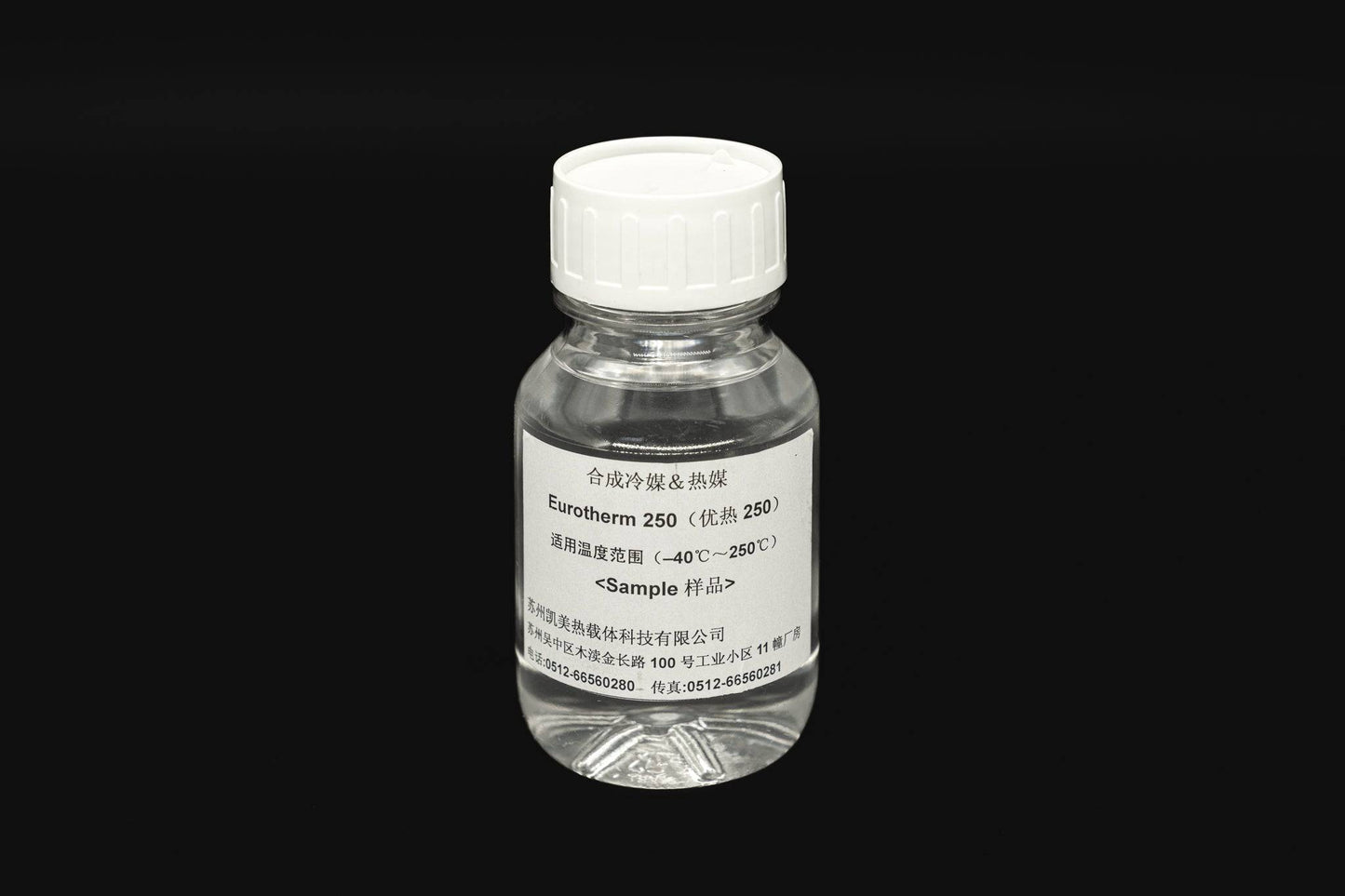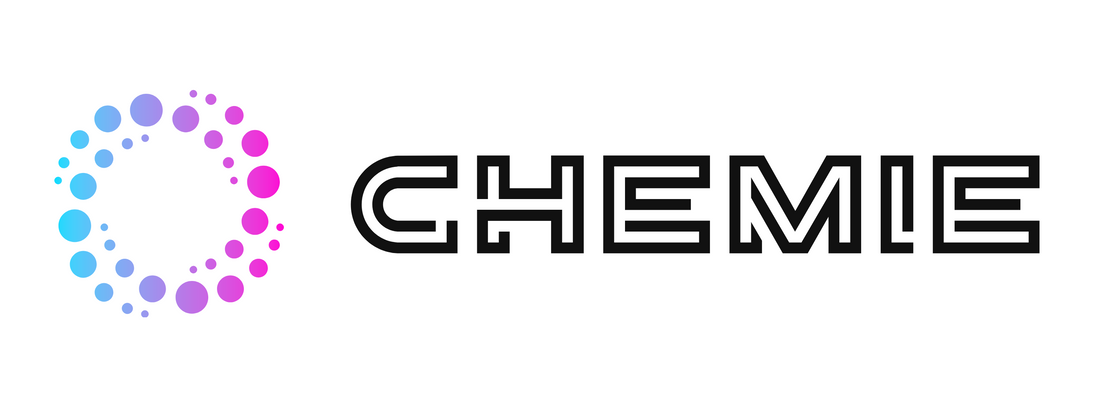Chemie Things To Know Before You Get This
Chemie Fundamentals Explained
Table of ContentsThe Best Guide To Chemie5 Simple Techniques For ChemieChemie Things To Know Before You Get ThisIndicators on Chemie You Need To KnowThe smart Trick of Chemie That Nobody is DiscussingWhat Does Chemie Mean?
By Bojanna Shantheyanda, Sreya Dutta, Kevin Coscia and David SchiemerDynalene, Inc. Fluid cooling, which can be attained making use of indirect or direct ways, is made use of in electronics applications having thermal power thickness that may go beyond safe dissipation via air cooling. Indirect fluid air conditioning is where warmth dissipating digital components are literally divided from the fluid coolant, whereas in case of direct air conditioning, the parts are in straight contact with the coolant.In indirect air conditioning applications the electric conductivity can be essential if there are leakages and/or splilling of the fluids onto the electronics. In the indirect air conditioning applications where water based liquids with corrosion inhibitors are usually used, the electric conductivity of the fluid coolant primarily depends on the ion focus in the fluid stream.
The rise in the ion focus in a shut loop liquid stream may take place because of ion seeping from metals and nonmetal components that the coolant fluid is in call with. Throughout operation, the electrical conductivity of the liquid might boost to a degree which could be hazardous for the cooling system.
The smart Trick of Chemie That Nobody is Discussing
(https://disqus.com/by/disqus_harfAtVpBU/about/)They are bead like polymers that are qualified of exchanging ions with ions in an option that it is in contact with. In the present work, ion leaching examinations were done with various steels and polymers in both ultrapure deionized (DI) water, i.e. water which is treated to the highest degrees of pureness, and reduced electrical conductive ethylene glycol/water blend, with the gauged modification in conductivity reported over time.
The examples were allowed to equilibrate at area temperature for 2 days before recording the first electrical conductivity. In all examinations reported in this study fluid electrical conductivity was determined to an accuracy of 1% using an Oakton CON 510/CON 6 collection meter which was calibrated prior to each dimension.
All about Chemie
from the wall surface home heating coils to the facility of the heater. The PTFE sample containers were put in the heating system when stable state temperatures were gotten to. The examination arrangement was eliminated from the heater every 168 hours (7 days), cooled down to space temperature with the electrical conductivity of the fluid determined.
The electric conductivity of the fluid sample was monitored for a total of 5000 hours (208 days). Schematic of the indirect closed loophole cooling down experiment set-up. Parts used in the indirect closed loop cooling experiment that are in call with the fluid coolant.

The Greatest Guide To Chemie
The adjustment in liquid electrical conductivity was kept an eye on for 136 hours. The liquid from the system was gathered and kept.

0.1 g of Dowex resin was included in 100g of fluid examples that was taken in a different container. The blend was stirred and transform in the electrical conductivity at room temperature level was determined every hour. The determined adjustment in the electric conductivity of the UP-H2O and EG-LC test fluids consisting of polymer or metal when immersed for 5,000 hours at 80C is revealed Number 3.
What Does Chemie Do?
Number 3. Ion leaching experiment: Calculated adjustment in electrical conductivity of water and EG-LC coolants including either polymer or steel examples when immersed for 5,000 hours at 80C. The outcomes show that metals added fewer ions into the fluids than plastics in both UP-H2O and EG-LC based coolants. This might be because of a slim click to read more steel oxide layer which might function as an obstacle to ion leaching and cationic diffusion.
Fluids consisting of polypropylene and HDPE exhibited the lowest electrical conductivity changes. This might be because of the brief, stiff, direct chains which are less likely to add ions than longer branched chains with weak intermolecular forces. Silicone likewise carried out well in both test fluids, as polysiloxanes are typically chemically inert as a result of the high bond energy of the silicon-oxygen bond which would stop deterioration of the product right into the liquid.
Chemie - Truths
It would be expected that PVC would certainly produce similar results to those of PTFE and HDPE based upon the similar chemical structures of the products, nonetheless there may be various other contaminations existing in the PVC, such as plasticizers, that may influence the electric conductivity of the liquid - heat transfer fluid. In addition, chloride groups in PVC can likewise leach right into the test fluid and can create an increase in electric conductivity
Polyurethane entirely degenerated into the examination liquid by the end of 5000 hour examination. Prior to and after pictures of steel and polymer samples immersed for 5,000 hours at 80C in the ion leaching experiment.
Measured change in the electric conductivity of UP-H2O coolant as a feature of time with and without resin cartridge in the shut indirect cooling loophole experiment. The gauged adjustment in electrical conductivity of the UP-H2O for 136 hours with and without ion exchange resin in the loophole is received Number 5.